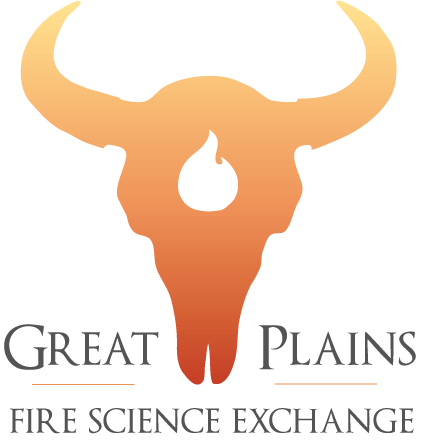Curriculum
A variety of features available. Including; Wildfire early notification, evacuation maps, fire cameras and more!
Read MoreSRM Publications
Kentucky bluegrass invaded rangeland: Ecosystem implications and adaptive management approaches
• Fire, grazing, and their combination are promising tools for managing Kentucky bluegrass to maintain diverse and productive grasslands
Read MoreGuidance for Counties, Tribes, Municipalities, and Water Providers
Read MoreResearch Brief
Landowner perception of information about prescribed burning: Influence on the application of this land management tool in the Southern Great Plains by: Lars Coleman, Carissa Wonkka, Morgan Treadwell, and Urs Kreuter of Texas A&M University
Read MoreResearch Brief
Prescribed Fire in the Southern Great Plains: District judges’ perspectives of prescribed fire
2020-02
Read MorePrescribed Fire in the Southern Great Plains: Factors influencing county commissioners’decisions about burn bans
Read More
